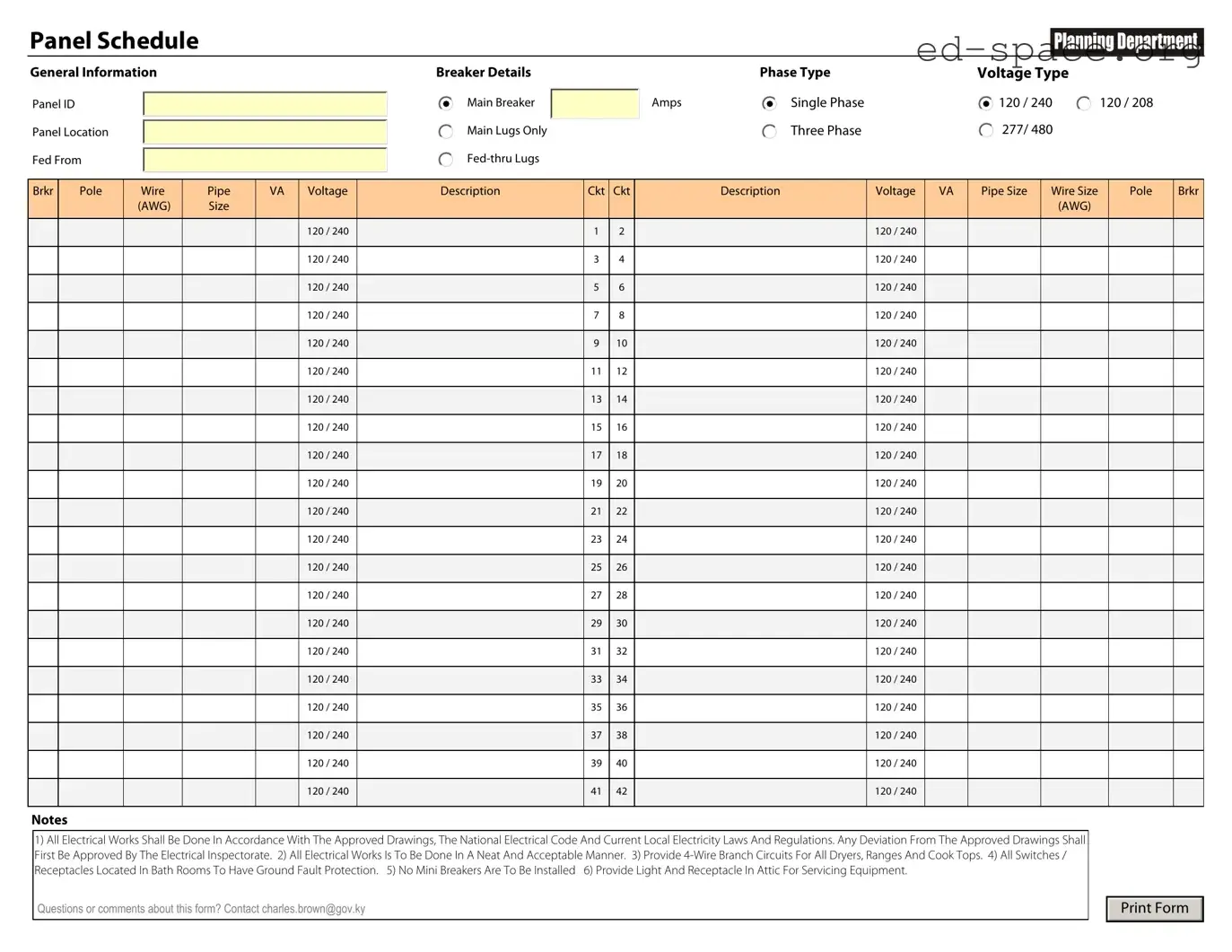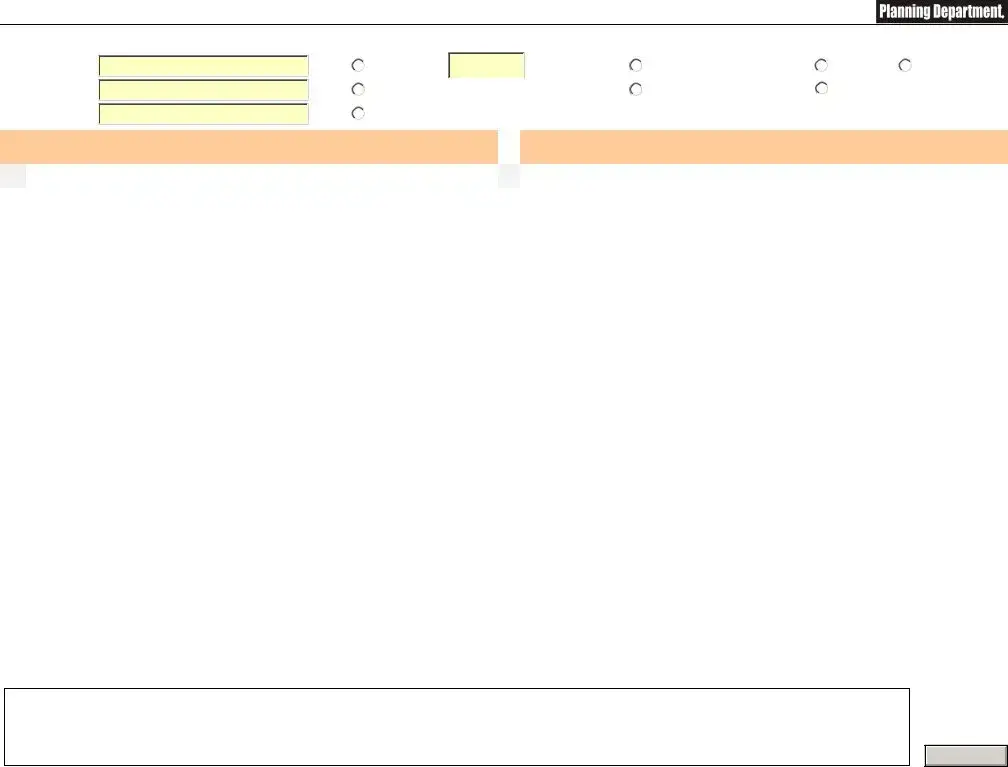What is an Electrical Panel Schedule?
An Electrical Panel Schedule is a document that outlines the layout of circuits in an electrical panel. It provides essential information about each circuit, including its breaker number, amperage rating, and the area or appliance it powers. This schedule helps in managing and identifying circuits, making it easier to maintain and troubleshoot electrical systems in buildings.
Why is it important to keep an Electrical Panel Schedule updated?
Keeping an Electrical Panel Schedule updated is important for several reasons. Firstly, it ensures safety by helping to avoid overloading circuits, which can lead to electrical fires. Secondly, it simplifies troubleshooting by allowing electricians to quickly identify and address issues within the electrical system. Finally, an updated schedule is often required by building codes and standards to ensure compliance during inspections.
What information should be included in an Electrical Panel Schedule?
An Electrical Panel Schedule should include the panel location, each circuit breaker's number, the amperage rating of the breakers, and a description of the area or appliances each circuit serves. Additional information might include the type of circuit (e.g., lighting, outlets), voltage, phase, and any notes about special requirements or considerations for certain circuits.
How often should an Electrical Panel Schedule be updated?
The frequency at which an Electrical Panel Schedule should be updated depends on changes to the electrical system. Whenever modifications, such as adding new circuits or appliances, renovating areas, or upgrading electrical components, occur, the schedule should be reviewed and updated accordingly. Moreover, regular checks are recommended to ensure it accurately reflects the current configuration of the electrical panel.

